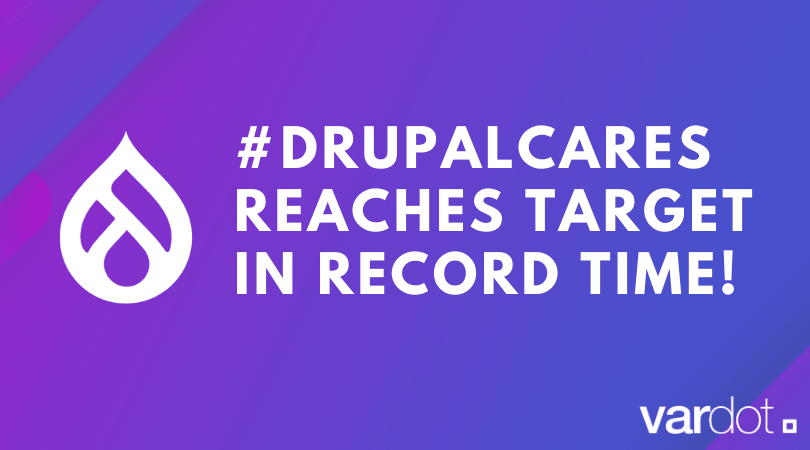- Solutions
- For Industry
- By Need
- Products
- VarbaseEnterprise CMS Distribution for Drupal
- Uber PublisherEnterprise Digital Media Platform Builder
- VardocDrupal Knowledge Base Platform
- Campaign StudioOpen Marketing Platform - by Acquia
- Open SocialSocial Business Platform - by Open Social
- Services
- Strategy
- Design
- Development
- Migration
- Support and MaintenanceSupport and Maintenance
- DevOps
- Digital Marketing

Datasheet

- Clients
- Ideas
- About
- Contact Us

7 Tips for Choosing your IT Outsourcing Partner
Last week, we compared four countries for outsourcing technology; India, The Philippines, Poland, and Jordan, and while all four of them had plenty to offer in terms of work force, talent, and value. You’d only need to hire one company out of the thousands in each country, so how do we do this exactly? Below are seven advices that I often give to companies looking to outsource, in no particular order.
Don’t Fall for Fluff Words and the Sales Pitch!
Companies out there are tirelessly trying to get your business, hundreds of them, using every possible marketing channels out there, and while some of them are honest, many would lie, cheat, and deceive for the lucrative business of a client.
So, you need to do your fair share of detective work. Ask industry friends about companies you’re considering, read reviews about the company (Clutch.Co is built exactly for this), look up the clients on their site with scrutiny, Google their employees, and if they pass the tests, it might even be a good idea to fly out there and meet them in person.
Decide on the Size of Team You Need!
You wouldn’t want to end up with a “Company” who is in reality two people applying ready Wordpress themes and calling it a website, similarly, you wouldn’t want to hire a company with 500 employees who do everything from technology to advertising; the first lacks quality and experience, and the second lacks focus and dedication.
According to our clients, the optimal size of companies they work with, is more than 12, and less than 80, including a fair distribution of juniors and seniors.
Make Educated Decisions, on Everything!
This might sound like an obvious one, however, some decision makers still pick partners because they’re cheap, or because they like the CEO or are friends with. Ending up with an excellent company who’s using the wrong technology for your product could have disastrous consequences. So put down that pen, and spend some time researching their technology, their work methodologies, and even the tools they use for getting work done.
This is probably one of the few things you won’t be able to delegate, and there’s a chance you’ll be bored doing this, but if you don’t, you’re putting your company at the risk of wasting countless working hours. Additionally, while you’re at it, you might want to look at the technology your competitors are using, and understand why!
Test the Waters with a Small Project
Even if you do everything right, the possibility of ending up with an unprofessional company is always present. I always advice clients to test out the waters with a sample paid project, and observe closely how they handle it, if they end up being impressed with the final product, they can go ahead with the larger project, this is specially useful when hiring out of services like Upwork and Elance.
Avoid Broke Companies
Yes, you need to worry about this too, because a company that isn’t sustainable and stable financially might close down any minute, even at the middle of your project, or a few weeks after, also, broke companies tend to have a high turnover rate, and low moral, two things you need to avoid as they are productivity destroyers.
Steal Your Competitors’ Partners Away
This is a tricky one, and there’s always a chance that it’ll backfire. You can look at your indirect competitors, and contact the companies’ they’re partnered up with. This would validate this company as one that is highly experienced in your industry and line of work, specially if you’re operating in a small and difficult to understand niche.
Different industries require different features. You can always hire company’s that are not industry-specific, but this means that the time they’ll spend getting to understand your business, is time you’ll be billed for.
Hire for Tomorrow!
A freelancer could handle my work today, but would he be able to when I grow into a million dollar company? When looking for a technology partner, look for someone who could grow with you as you do, in terms of technology and size. Else, you’d end up rebuilding every few years, and consequently, spending more. That's also why I recommend companies and not individuals.
That’s it for today, what are the things you look for when searching for a partner? Do let us know in the comment section below.
- Tips



